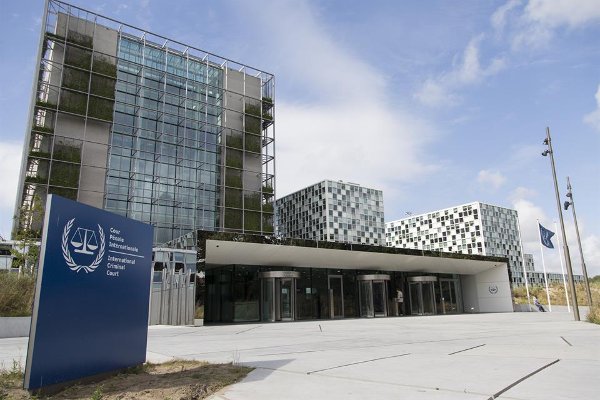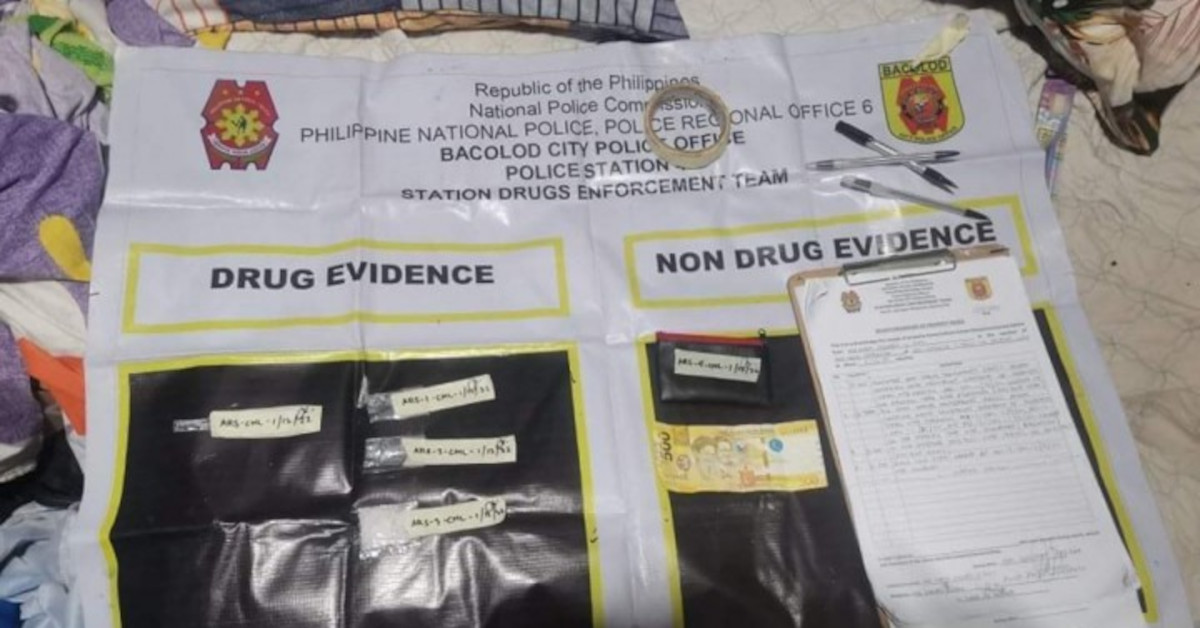Note: In an earlier version of this article, the total number of drug-related killings we recorded from the start of Duterte’s term to March 31, 2021 was mistakenly reported as only 3,417. This has been corrected. The correct number is 3,656.

As the country grapples with record high numbers in COVID-19 cases that have forced the government to extend the highly-restrictive lockdown in the “NCR Plus” area, drug-related killings have not abated, reaching 186 in the first three months of this year.
That’s a striking 44% increase from the last quarter of 2020. Or almost two deaths a day.
Among the dead is an unidentified male victim found in Victorias City, Negros Occidental on March 8. His face was wrapped in plastic and packaging tape, his limbs tied together, and his ears apparently ripped by a bullet that exited through the neck. Later examination revealed broken ribs. Placed beside the body was a placard that said, “I love drugs,” and the name of a woman believed to be the next target.
The corpse bore all the familiar marks of a drug war body dump, but police officials would not categorically say that the killing was drug-related. What is certain is that the crime was committed amid the violence spawned by the war against illegal drugs that the Duterte administration unleashed almost five years ago.
Who killed them?
All killings were committed by state agents and vigilantes against mostly small-time drug traffickers, according to an ongoing study of the Third World Studies Center of the University of the Philippines and the Department of Conflict and Development Studies of the University of Ghent. Data for the “Violence, Human Rights, and Democracy in the Philippines” joint project were gathered from news articles from various media outlets in the country.
Law enforcers, particularly the Philippine National Police (PNP), the Philippine Drug Enforcement Agency, and the Armed Forces of the Philippines, continue to commit the majority or 137 of the killings reported for the first quarter.
The data show that in 107 of these cases, the victims died during official anti-drug raids, usually a buy-bust such as the botched operation conducted on February 21 in Quezon City involving the PNP and PDEA. The so-called “misencounter” left five dead: two Quezon City policemen, a PDEA agent, an informant, and a fifth fatality whose affiliation was withheld by authorities.Several from both sides were also wounded.
In another controversial incident in Valencia City, Bukidnon just the day before, a police officer in plain clothes was caught on video firing a gun three times on the ground before planting the weapon on a dead suspect who allegedly engaged the police in a firefight.Suspicion on the truthfulness of this usual – and tired – police narrative prompted calls for an internal investigation on the incident.
According to the research, 28 of those killed by state forces were involved in drug trafficking but they died during operations that were not necessarily targeted against illegal drugs. Also notable is the persistence of vigilante-style executions despite the heightened visibility of police and military officers enforcing strict COVID-19 quarantine protocols. Out of the 186 drug-related killings, 49 were committed by unidentified assailants — usually masked, motorcycle-riding gunmen – with no witnesses.
Aside from the incident in Victorias City, four other cases of body dumps were reported from January to March this year.All corpses bore similar displays of savagery. One found in Barangay 75, Caloocan City on March 21, had a placard that read: “Tulak ako. Wag tularan. Susunod na kayo!!!”
Images of these lifeless bodies left with placards implicating them in the illegal drug trade were common, especially during the first three months of the Duterte Administration when 79 cases of body dumps were recorded.Although the number has fallen, the cases in the first quarter of 2021 are notably higher compared to the previous three months when only two such incidents were reported.
Drug war casualties
Despite repeated public pronouncement from the PNP leadership to go after the big fish behind the illegal drug trade (“The PNP Chiefs’ Scorecard on the War on Drugs; ‘Bato’ Tops in the Number of Kills, minor players continue to bear the brunt of the campaign.Data reveal that 96 or a little more than half of those killed so far this year were small-time pushers while 11%, or 21 were high-profile targets involved in large-scale distribution of narcotics, or protectors of drug suspects.
The numbers include 16 victims who were not involved in trafficking but died in drug-related encounters and are considered “collateral damage.” Since the start of Duterte’s term in June 2016 to the end of last year, 77 such cases have been recorded, including seven children below the age of eight. Seven more were added to the list in the first quarter of 2021 — in addition to cases of mistaken identity such as the five operatives who died in the “misencounter” between PDEA and PNP.
News reports included in the study cited various sources to establish a victim’s involvement in the illegal drug trade.Most of those killed during official anti-drug operations (111 in total) had undergone investigation, including 26 who were on the government’s drug watch list. Of the 26, 17 were killed by law enforcers.
Data on the 22 victims who had surrendered in the past, or were previously arrested or convicted paint a different picture. Vigilantes and unknown assailants killed 17 of those who fall in this category, while law enforcers account for only five deaths. This is consistent with the Administration’s record so far: of the 323 drug-related killings under this classification, state agents account for only 37% or 121. Vigilantes and non-state agents, including unknown assailants, carried out 63% or 202 of these executions.
These figures provide a rather grim picture of the fate of convicted or confessed drug traffickers who, after surrendering or serving time in prison, must constantly live with a gun to their heads.
The government’s Real Numbers PH pegs the number of persons killed during anti-drug operations at 6,069 from July 1, 2016 – February 28, 2021. This is much more than the 3,656 recorded by the research project, which relies on media reports, for the same starting date until March 31, 2021.
However, from December 1, 2020 – February 28, 2021, Real Numbers PH reported only 89 dead from anti-drug operations, while the ongoing study counted 111. It is unclear if the discrepancy is the result of miscounting that will eventually be corrected or deliberate underreporting.
But even as all eyes are on the daily toll of the raging pandemic, there remains a vital need to monitor and document the rising number of drug war killings in the country as possible future efforts to press for justice and accountability could depend on them.
(Nixcharl C. Noriega is a research associate at the Third World Studies Center, College of Social Sciences and Philosophy, University of the Philippines Diliman. This piece is part of the on-going research project, “Violence, Human Rights, and Democracy in the Philippines.” The project’s output can be accessed at dahas.upd.edu.ph. For the latest in the running count of the reported drug-related killings in the Philippines, follow @DahasPH on Twitter.)





